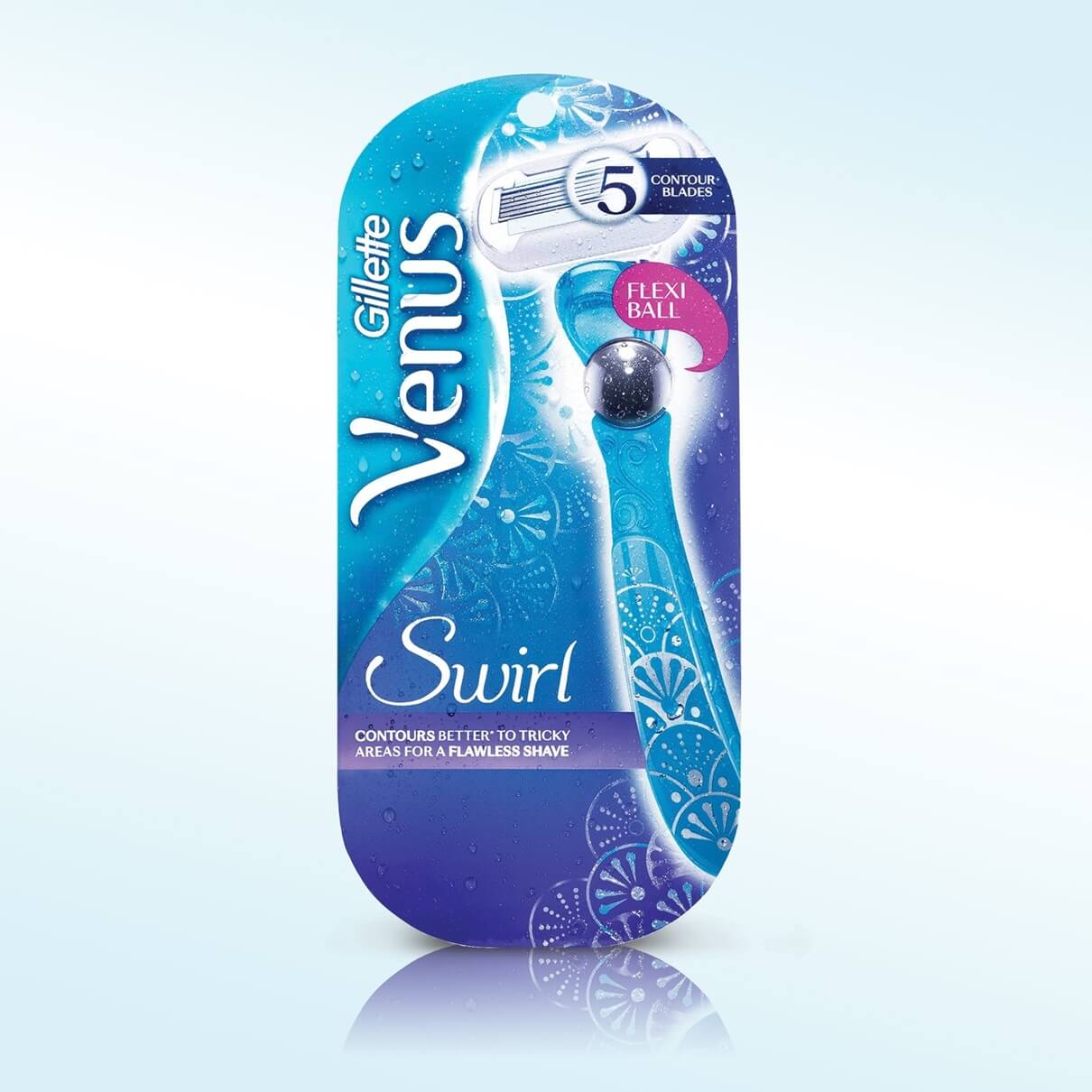Reaching your customer more efficiently – the art of segmenting your audience

5 tabs to make your life easier
July 3, 2017
Improve your customers experience – the example of museums
July 26, 2017There are no secret ingredient in marketing. You have to tell people what they want to hear. To do that, you have to know who are you talking to. Knowing your customer will enable you to reach him more efficiently. This is the topic of the day: how to know your customer? You can also create a survey now with Brew Survey.
1. Why do you need to learn who is your customer?
Marketing is very important, but no matter how good is your content and effort - if it is not addressed to the right people it won’t help you reach your goals. Targeting your market is crucial to make revenue. Advertising is full of stereotypes, and you should use these stereotypes to reach your customers more efficiently. Here are few examples so that you understand why is it important to know your target.
The car experience
For example, let’s imagine we are selling a car. We want to sell it to as many people as possible. We want to create an advert showing people that they need this car and not another one. Who is our targeted audience here? First of all, families. We need to create an ad showing that this car is the perfect solution for a family. The ad will define the car as a spacious, secure, and kid-friendly vehicle.
Our second audience are men. In order to seduce them we will design a man oriented ad, showing the car strengths, highlighting its curves, and taking lower angles shots to show it is big and powerful.
Our third audience are single women. We want to show the car as a feminine, elegant, powerful and easy to drive (she can do a parallel parking). The message of this advert is to tell women they can buy alone, without the help of men.
With three different ads we have reached three different audiences and we showed them all that this car is made for them. We have answered their needs: space for families, power for men, easy-to-drive, as well as elegant vehicle for women.
Gendered marketing
Gendered marketing aims at dividing marketing efforts into marketing for her and marketing for him. It can differ in terms of packaging, pricing, promotion, and product.
For example, the brand Gillette has been very innovative to reach more customers. How to reach more people when selling shaving products like razors? Gillette segmented their customers using razors, who are they? Men and women.
Gillette made a razor for him and marketed it to seduce him. The colors are bright and powerful, they reflect energy, control. The message is clear: you will be awesome and powerful all day long is you use this razor in the morning.

Then also created a razor for her. The message is completely different behind this packaging. Colors are smooth and mellow. It introduces a feeling of calm and serenity. We want to take some time for ourselves, be feminine and beautiful.

Gilette even went further into the segmentation. The brand created products according to budget, with disposable razors and fancy razors with many blade and rotation systems - and also according to use, with razors for body hair, facial hair, etc.
All these products are somewhat different in nature, in feature, and in looks - but the main purpose of this product segmentation is to reach more customers. Most market are not that segmented initially. Men and women both need a razor, but they don’t particularly need 5 kind of different razors each. The brand created a need by convincing men they needed a 5 blades razors - and women they needed a mellow pink razor.
Of course, this method implies costs in terms of research, production, packaging, etc. But most people are willing to pay more for a product that - they think - is more adapted to their use
2. Why do you need to do a survey before segmenting your audience?
If you are still reading this blog, you might ask yourself why do you need to do a survey when it is obvious that the gendered marketing is the easiest way to segment your audience. Well, maybe that is not the more efficient way, and another segmentation could result into more profit.
By doing a survey you are learning to know your customers. What language do they talk? What do they do on Sunday afternoons? Knowing your customers enables you to speak to them in the appropriate language, using the appropriate tone, expressions and knowledge. You’ll be able to set up your product and websites photos relatively to their lifestyle so that they can picture themselves with your product and how it will be useful to them. You will also be able to sell your products in stores they go to.
For example the brand The Laughing Cow is segmenting its audience according to countries.
In England, they are focusing on the 5.45pm break. They introduce the creamy cheese as a snack.
In France, they are basing their advert on the convivial afternoon pique-nique. The cheese is not introduced as a snack but as part of the meal, on bread.
French consumers will be reached more efficiently if you introduce cheese on bread, as part as a meal, because they don’t see cheese as a snack. The advert won’t reach them and make them buy if you show them the English advertising.
3. What should you know about your customers?
Who are they?
Define your ideal customer not only with demographics, but also psychographic details.
Demographic information: age, gender, location, marital/familial status, income level, education level, occupation.
Psychographic information: personality, behaviours, hobbies, attitudes, interest, lifestyles.
Who do they buy with?
Are they buying with their kids?
Then you can advertise a product for the kids also. They will ask their parents who will be the one making the purchasing decision. So the ads needs to be directed to the kid so that he asks for it, and also to the parents. Eg: price, safety, use.
Are they buying alone?
For example, is a mother is doing her shopping alone? If she is spending some time alone she will be more likely to be in the mood of taking care of herself and buy product to do so. You can target wellness products for exemple: beauty product, make up, etc.
Are they buying in couple?
If so you should focus on common-decision purchases. Furniture, home appliances, householding products, general grocery shopping. You can also create special packages that is made for them. A platter of cheese, some red wine and a movie. You have to find their need and answer it.
What do they buy?
Do they buy your products, some of your competitors, a both of them?
If they go to the competition it means your product does not satisfy all their requirements.
Where do they buy?
Online/ Offline/ through social media ads/ in sales?
Are they regulars customers of your product/service? (indicate what is regular)
How many places do they visit for the same product or the same purpose?
A customer going to three different supermarkets to save money on each article is a customer for whom price comes first. You can make your price vary according to the location (richer or poorer areas) or let it at the same price everywhere. Your customers will be respondent to these changes.
When do they buy/use the product?
When do they are more likely to need support?
You will be able to organise your schedule accordingly.
What day of the week do they buy? When should you stock come in?
At what time of the day are they more likely to buy online?
(office hours, evening, lunch - give intervals)
At what time of the day are they more likely to buy offline?
(lunch break, right after office hours, before office hours, evening…)
How often do they buy?
What kind of challenges / issues/problems do they face?
On a daily basis?
Childcare (babysitting, taking them from school, etc), Cooking food, housekeeping, laundry, etc.
On a weekly / monthly basis?
Car issues, payment of bills, extra-work activities, week ends, grocery shopping, etc.
On a regular basis?
Sleep, stress, management of time, family issues, matrimonial issues, money related issues, etc.
How do they make their purchasing decision?
How do they decide to go to a particular store?
Price, Location, Delivery service, Restoration, Parking, other Facilities ( E.g. in a supermarket: pressing, key maker, etc), etc.
Online, how do you make your purchasing decision?
Most trusted websites, Payment Methods, Shipping, Delivery service, etc.
When does your customer hang out online?
During office hours, lunch break, while commuting, in front of TV, etc.
What source of information do they refer to?
Do they check customers reviews before buying?
Do they check dedicated websites?
On what website/ application do they hang out most often
when they are at home / during lunch time / while commuting / during office hours?

If you have some small feature requirement or enhancement, feel free to reach us at support@brewsurvey.com
With this list of questions and ideas, you will be able to create a great survey to collect the information you need on your customer. Even basic marketing on social media is more efficient if it is addressed to a particular audience. You want people to see your marketing efforts, but you also want it to be relevant and useful to them. It is useless to reach a thousand people, if none of them need your product, and none of them are going to buy it. Be professional, learn how to know your customers, and start by creating a quick survey.

